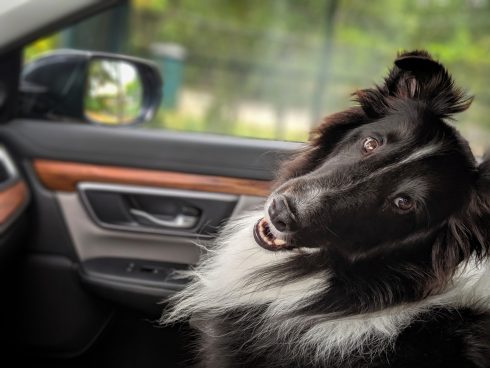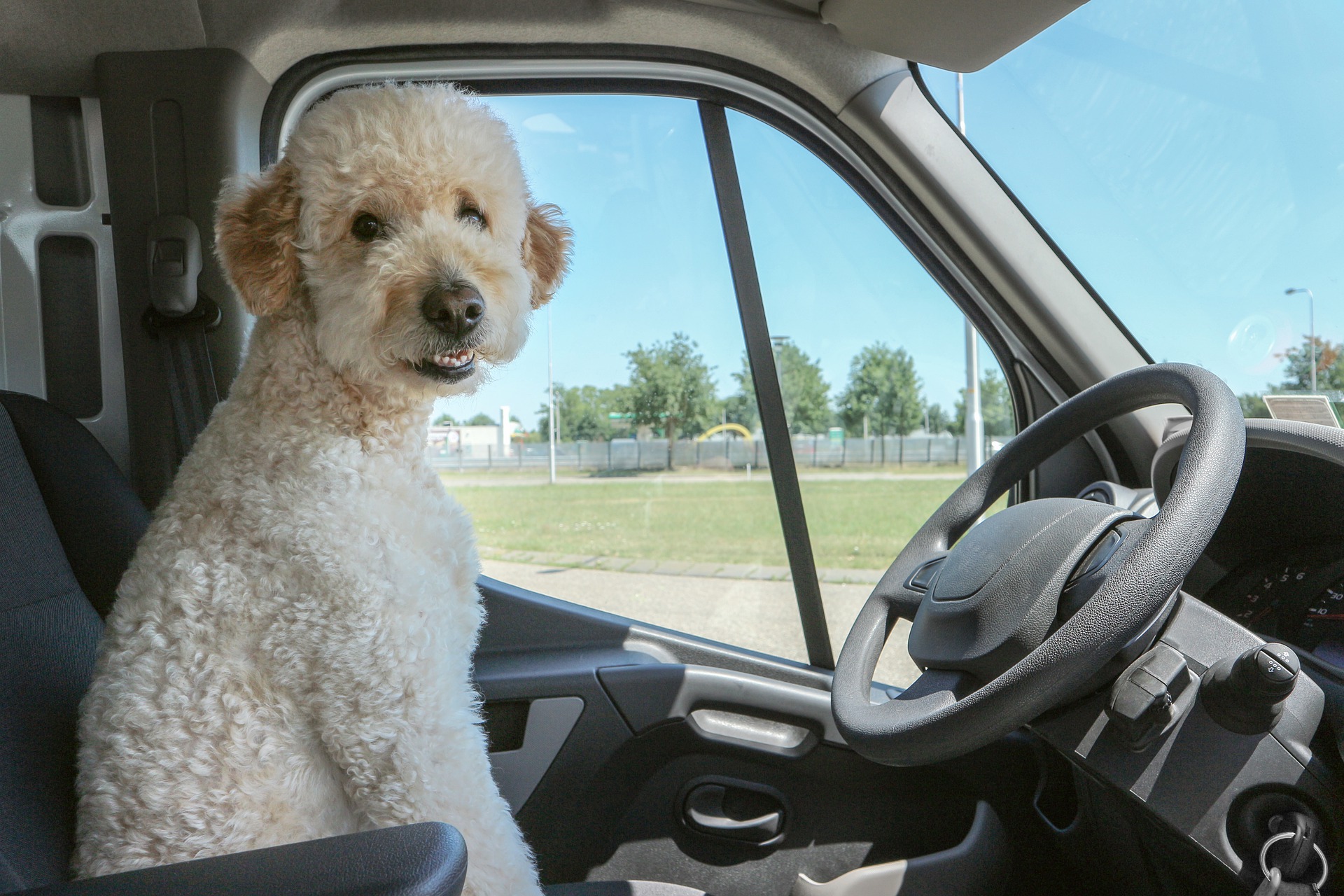SEMANA Santa is upon us and summer holidays are just round the corner, times when many are planning a getaway to explore the delights of Spain – whether it’s beaches, mountains, culture, or gastronomy.
But what’s on offer for those who don’t want to leave Fido at home?
The Olive Press looks at holiday options where dogs are welcome, along with their humans.
Take your hound to a hotel
In recent times, the number of establishments that open their doors to dogs have proliferated. The aptly named Bring Fido is a booking portal dedicated to travelling with canines. You can search for suitable accommodation worldwide, as well as in Spain.
The popular Booking.com offers a list of Top 10 Pet Friendly Hotel Andalucia and provides another handy list for Valencia – all with star ratings from previous guests. TripAdvisor also has a top 10 list, with prices and ratings.
Just for example: Hotel Gravina in Seville is highest rated for Andalucia at 9.6 but will set you back several hundred euros per night. Apartamentos Ardales, near Guadalhorce, Malaga, weighs in at a more palatable €79. Casa Argeon Mundo Valencia is popular with 9.7 rating and costs a reasonable €167 per night. Really, you’re spoilt for choice.
It’s best to book before you visit a resort with pooch. One reader mentioned having to stay in a “tacky” dog hotel in Salobrena because there was no other last-minute choice.
Be warned that some hotels have a 10kg limit and others won’t allow dogs to be left alone in the rooms or to accompany owners to public parts of the hotel including pool area or dining room.
Many also insist on charging an additional fee for accompanied dogs.

Other accommodation
Another idea is to book a camping bungalow, on a camping resort, which will provide access to open space, entertainments, pool, gymnasium, etc. Check carefully, as not all campsites allow pets in every type of accommodation. For example, at the popular Camping Los Escuellos in Cabo de Gata, dogs are allowed in the standard bungalows, but not in the premium ones.
Most campsites will insist that dogs perform their toilet needs offsite (easier said than done if he spots a handy tree!) and that they must not run around unsupervised. So, Fido invading the neighbour’s tent, eating their food, and then cocking a leg on something could spell trouble. Be sure to check the rules.
Roxy Fox, a frequent visitor to Andalucia, takes her dog, Minnie, everywhere. She says: “My advice is to book an Airbnb, as it’s usually easier than staying in a dog hotel, and there are fewer restrictions.”
Both Airbnb and booking.com offer ‘pet welcome’ filter but do check in advance of booking that there aren’t hidden fees or restrictions on pet size.
On the beach
Spain has some special, dog-friendly beaches but be careful, as the penalty fines for taking Fido to a ‘normal’ beach when it’s prohibited range from €90 to €1,500. Between June 1 and September 30, the Junta de Andalucia has banned canines from most beaches, as this is the main bathing season for humans. Guide and rescue dogs are exempt from such rules.
The good news is that Andalucia has 16 dedicated dog beaches, while Valencia has three.
The dog-friendly beaches in Andalucia are:
Malaga:
Playa del Arroyo Totalán, Málaga
Playa de El Castillo, Fuengirola
Playa de Piedra Paloma, Casares
Playa Canina de Torre del Mar, Vélez-Málaga
Playa El Pinillo, Marbella
Playa Ventura de Mar, Marbella
Playa Canina, Torrox
Benalcan, Benalmádena
Huelva:
Playa del Espigón, Huelva
Playa de la Gola, Isla Cristina
Playa Canina de Santa Pura, Lepe
Cádiz:
Playa de la Concha, Algeciras
Playa de Camposoto San Fernando
Almería:
Playa de la Rana, Adra
Granada:
Playa de El Cable, Motril
Córdoba:
Playa de interior de Valdearenas, Iznájar
In Valencia:
Pinedo
El Brosquil
El Puig
You need to check the individual rules for each beach, as some have boundaries you cannot cross, while others ban humans from entering the water with their dogs. Clearly, mixed canine and human bathing isn’t popular with the Junta.
Before setting off, remember to take enough refreshments for pooch, a bottle of water with soap to sanitise any urine, your pooper-scoop bag, a toy such as a ball (especially if Fido might play with your neighbour’s discarded flip flops!) and a sunshade to provide a cool resting place.

Getting there by public transport
For those who don’t own a car, the good news is that pets are allowed in the hold of the Alsina bus if they are under 10kg, chipped, fully de-parasited, and don’t have any injuries. They cannot be pregnant or have just given birth. You must crate them and provide their comfort items, don’t feed them within six hours of the journey (for obvious reasons), and take them for a toileting walk beforehand. You must also buy them a ticket.
The RENFE train is similar, with the 10kg weight limit, one pet per person, and the crating of your animal: the crate mustn’t occupy a seat. On long distance trains, you must buy a dog ticket, although pets ride free on ‘cercania’ commuter trains.
Dogs can also board trams and metros in certain cities during off-peak times. In Madrid for example outside of rush hour times and after 8pm in the evening dogs can travel if they are accompanied by one adult per dog and the animal is on a leash and wearing a muzzle.
Happy travels!
READ MORE:
- ESSENTIALS: What you need to know about Covid travel rules between Spain and the UK over Easter
- LATEST: Spain ‘clears up confusion’ and insists unvaccinated travellers from UK will NOT be allowed entry in time for…
- How to Choose the Best Car for Romantic Traveling
Click here to read more Olive Press Travel News from The Olive Press.








